|
On Saturday, 1st April 2023, the 105th anniversary of the RAF, a plaque was placed at 85 Queens Street, Filey to commemorate the recruits from the Caribbean who volunteered to come to the ‘Mother Country’ to help during World War Two.
This was the culmination of 3 years of tireless effort on the part of Glenn Parsons, supported by Gifty Burrows, who had attempted to get the local Filey Town Council to agree to a permanent location in the Memorial Gardens but without success. Instead, the location of the plaque is the outcome of the generosity of Linda Burrows, a local hotelier, who after hearing about the refusal of Filey Town Council to allow these recruits to be commemorated in the town’s memorial gardens on the basis that they "were not from the town" offered her premises to host the plaque. Linda, like many of the other past and present residents of Filey, was outraged at the stance taken by members of the Town Council, who continue in their reluctance to understand the important and unique role played by the town in welcoming these young men. These men risked their welfare in becoming members of the British Royal Air Force, and were stationed far away from home and all that was familiar. Over 200 people gathered to witness the plaque being unveiled and the occasion was honoured by the presence of six veterans: Gilbert Clarke, John 'Jack' Crawford, Neil Flanigan MBE, Alford Gardner, Prince Albert 'Jake' Jacob and Ralph Ottey. It was a truly remarkable occasion with friends and family of those brave airmen who sadly were no longer with us supported by former residents of the town who had travelled hundreds of miles to witness the unveiling of the plaque. Speeches were made by Air Commodore Adam Sansom (the regional representative of the RAF) who acknowledged the tremendous bravery and sacrifice of the Caribbean servicemen. Major Johanna Lewin JP (retired), Chair of the Jamaican branch of the RAF Association, read a statement on behalf of the Jamaican Government. Glenn Parsons, who had contributed so much in support of the memory of his family and others also gave a speech. The Mayor of Filey attended but did not speak. On this occasion Glenn stated in his speech: "It is so important to remember that the arrival of these overseas servicemen represented the first mass immigration of people from the Caribbean to these shores, several years before the Empire Windrush even set sail. Many of those that came were teenagers, some may even have lied about their age and were perhaps not really old enough to serve, but they came nonetheless, they came because the ‘mother country’ was in need. They came and they were proud to do so. Some lost their lives and never returned home. So let no one be mistaken, these men made a real and significant contribution to the war effort and some made the ultimate sacrifice for their troubles. However, after the war, their selfless service and acts of bravery were almost completely erased from the history books. These men and their courageous deeds became invisible in that great story of those that fought for the rights and freedoms that we all enjoy in this country today. There are people both young and old who simply have no idea that people of colour fought and died alongside their British counterparts in both World Wars. It is an omission and a most grievous wrong that I and many others just could not let stand. That is why this plaque is so very important." The fight for a permanent presence in the Memorial Gardens will continue, but for now the plaque remains prominently displayed for all to see in Queens Street. Photo credits: Glynis Neslen, Glenn Parsons Further articles can be found at the following news websites:
0 Comments
Following an internal review, Filey Town Council have decided to decline the request for a memorial to honour the 4,000+ RAF recruits who were trained at RAF Hunmanby Moor, Filey during WW2.
The request for the commemoration in Filey had originally been on the agenda for the full Town Council meeting on 6th April for which the Council requested representation to ensure they were well informed about the historical details behind the proposal. This was then deferred to allow more time for consideration, so it was moved to a Property Committee meeting (without an invitation) on 28th May. Following the decision to decline, the Council instead intend that the memorial should be to "all allies" at a yet undecided location. While of course all allies should be honoured, this solution rather misses the significance of this exceptional story for Filey that saw so many West Indian service personnel coming to the aid of Britain as volunteers (sometimes enduring unfavourable treatment) - unlike those in the allied forces who were either conscripted or displaced from their countries. To acknowledge the presence of allied forces is important but not unique to Filey as most RAF camps could lay claim to that. This initial request to North Yorkshire Council, Scarborough Borough Council and Filey Town Council was instigated by the request made by the Westcarr family back in July 2020 which has taken nearly one year to come to its conclusion. They and the Caribbean community who supported this request to highlight this lesser-known history are justifiably disappointed. The search to identify as many of the servicemen as possible continues, as does the collection of stories. Catch up on the RAF WW2 recruits page. On a more positive note, the family of Gilbert Clarke kindly let us know that Gilbert featured prominently in the official opening of the British Normandy Memorial last weekend, on Sunday 6th June (the 77th anniversary of D-Day). Watch the ceremony on YouTube - Gilbert appears from 28 minutes.
Starting in September 1943, applications were invited for ground crew trades and 5,500 men were selected. They came from most of the islands in the Caribbean as well as British Honduras (now Belize) and British Guiana (now Guyana) on the mainland, and from many ethnic backgrounds and ancestral mixes – including African, European, Chinese, Indian, and others. Approximately 4,000 of these men spent time at Filey.
The young recruits wanted to contribute to the efforts of their 'mother country'. They wanted to avoid the rumoured prospects of a German win, which they thought would lead to a return to enslavement, and many wanted an adventure. All left behind family, friends and a familiar way of life. There was meant to be no colour bar, yet there were restrictions on what was deemed to be a suitable trade once they were here. Few recruits, if any, of the ground crew recruits ended up flying as they hoped they might. The recruits came in several groups because of the logistics of transportation and the constant danger of the ships being torpedoed en route. The first recruits came in June and July 1944 and the second in November. Roll of Honour page A complete record of the Caribbean service personnel in WW2 is not readily available, but our Roll of Honour page aims to honour those who have been identified as having trained at RAF Hunmanby Moor, Filey. We will continue to add further names in the coming weeks, but please get in touch to add to the list and to contribute to the stories. Many thanks to Audrey Dewjee for sharing her knowledge and research.
“Family legend has it that [Gilmour] returned to Jamaica and told his younger brother, my father, of the warm welcome he had received while stationed in Filey. This persuaded my father to travel with him to the UK in 1954 where he eventually settled in Leeds.
"One story that was recounted by relatives was something that Uncle Gil told me himself when he was alive. He said that when stationed in Filey, he went to a local tobacconist shop and the name above the door was Mr and Mrs Westcarr. Gil told the owners that his name was also Westcarr and that he had traced his family tree back to two slave overseers called James and George Westcarr who came from Scotland. The rather startled owner said that his family also hailed from Scotland and his ancestors were James and George, so right then and there in a tobacconist shop in Filey, the whole family history would have come full circle. A wonderful story if true. Sadly, Gilmour passed away in Gloucester in 2012." As a result of this enquiry, a collaboration has begun with Filey Town Council, Scarborough Borough Council, the Westcarrs and other families to install a commemoration plaque and interpretation board to honour the Caribbean RAF service personnel. Furthermore, as Scarborough is the location for Armed Service Day 2021 (postponed from last year due to Covid-19), it is hoped that the contributions of the service personnel will be acknowledged during the event. There are further additions to the archive of more service personnel who contributed to the war efforts and are remembered by their families. We will add more as we get them and would welcome further submissions in celebration of these remarkable lives - please get in touch. Our popular exhibition is currently on display in Hull's Old Town. There's still time to see Our Histories Revealed which continues until the end of the month and can be seen in Whitefriargate, Hepworth Arcade and Trinity Market Food Hall.
This exhibition is a collaboration with Historic England as part of the Hull High Street Heritage Action Zone project. Read more on the Hull City Council news website. The 3rd African Stories in Hull and East Yorkshire exhibition is now on at Goole Museum until 6 April 2019. The exhibition is open every week from Tuesday to Saturday.
Goole is a port town at the very edge of East Yorkshire with several stories which link directly into the region, such as those of the first Black vicar Reverend Edward Cragg-Haynes, and Laureen Sylvestre - who made her mark transforming from an abandoned orphan 'stray' to an entertainer. Goole is easy to visit from West, South and North Yorkshire, as well as from further afield. The previous two exhibitions welcomed visitors from Australia, Latvia, Lithuania, Ghana, Scotland, the USA and Wales. We encourage more visits from closer to home. Come and see this different side to British social history! The beginning of 2018 marked the end of Heritage Lottery Fund funding for the project but undaunted and committed, we continued to release several stories each week and prepared for the exhibition at Beverley which was shown throughout May and June 2018. This second exhibition was smaller in scale and had a more of an East Yorkshire slant in the curation. We were ecstatic to realise yet another hugely successful response as a follow-up to the first exhibition in Hull during its first year as UK’s City of Culture in 2017. We were privileged to receive visitors once again from across the country and further afield, from Eastern Europe. After such intensive output for over two years, the project has been scaled back although the considerable resource bank has continued to prove invaluable to others who have used some of the information to extend their own work and follow up on different angles. We have been contacted by several families who have discovered snippets of their own family’s histories by coming across the website and many academics who have used the project as a model to develop paths of community engagement in their own projects. We have been pleased to share our expertise and experiences with others. In the last few months alone, we have lent our voice to work a number of organisations:
Additionally, we have supported individuals in further education colleges and schools, as well as helping out with blog posts. Thank you to everyone who has expressed an interest in the project, to those who have used our resource (and have acknowledged it), to the families who continue to contact us with queries and to private and public insights into their histories. We are simply delighted that since starting on this journey back in 2015 we have ignited the curiosity to explore Black history in local communities which then feeds into Britain’s narratives.
We are delighted that the East Yorkshire exhibition will be showing at Goole Museum from 5 February to 6 April 2019. We’re also working to respond to a further request to show the larger Hull exhibition again and we will share more when we have news. Last month we were pleased to release a story by guest writer John D. Ellis, revealing the story of Richard Lisles. John’s story covered the events surrounding the drowning of Lisles, an African American soldier, in the River Humber in August 1820 in full view of his comrades. We are delighted to report that our last exhibition at Beverley Treasure House that ended in June attracted almost 8,000 visitors. We were thrilled with the feedback that showed that visitors found this exhibition (like the previous one in Hull) to be both informative and enjoyable. Members of a visiting group to our Beverley exhibition from the University of Leeds. New exhibition announcement
Following on from the success of our two previous exhibitions we are delighted to announce that the Our Histories Revealed exhibition will be shown at Goole Museum between 5th February and 6th April 2019. We welcome contact from anyone who wishes to share family histories or photographs, or knows of anyone of African heritage who is interested in sharing their story as part of the exhibition at Goole.
We were amazed and delighted to have a special comment left at the Our Histories Revealed exhibition last week and it read as follows: "Re-Black Histories: - very pleased to see a comment of mine included - What a surprise!" Denis Price was a young boy in 1942/3 who recalled: "these Black soldiers were a real novelty to us kids who'd never seen a Black person before - in fact we were a bit scared but not enough to prevent us scrounging for sweets and chewing gum which they were generous with." It is such a shame we were not there to capture the visit. We would very much enjoy hearing from anyone else who has recollections of anybody featured in this project including from Denis himself. Don’t forget the exhibition is still at the Beverley Treasure House until the end of June. The study pack can be picked up at there, or downloaded on the Exhibitions page.
Image of Gifty taken by Emily Wilkinson and used with Emily's permission. We’ve had great success with this project since we began working on it in November 2015. We’ve uncovered some amazing stories, and covered a wealth of historic areas in Hull and East Yorkshire – from unknown black artists and entertainers, to exploring the maritime sphere. Our funding from the Heritage Lottery Fund ran out in January this year, so we’ve continued so far on a voluntary basis. This means that we need to scale back our releases from weekly to monthly. To reflect on what we’ve done so far, we sat down with project founder Gifty Burrows to get her thoughts on the African Stories in Hull & East Yorkshire project. We discussed what Gifty hoped to achieve, the local and global success of the project and exhibitions, and her plans for the future. What made you do the project? This project came about through a personal awakening about the historic importance of the transatlantic slave trade and an increased awareness of Black British history and the struggles Black people have had in claiming their place in British history. Having done nothing in compulsory education about either slavery or contemporary issues about race, this interest came because of my dual identity in being both British and African which seemed to be particularly relevant to me and it seems to other people in how they placed me in their consciousness. Certainly, issues about the historic and more recent overview about race still shape people’s perceptions and behaviour. Also, it struck me that as I live in a county synonymous with the abolitionist William Wilberforce, that we should consider what he did, rather than simply using his name. I thought there is a social responsibility in this region to recognise the effect of slavery on those of African descent in terms of displacement - which is the reality of the impact of slavery. Although slavery is mentioned, the purpose of this project is to demonstrate that there is more to Black presence and Black social history in Britain than slavery. Who is your team? After my initial idea in November 2015, I used two other people as my sounding board to see if some of my ideas and initial proposals would be workable, including holding a seminar and setting up a website with the help of Dr Carolyn Conroy (who went on to become our Web Manager). An application for Heritage Lottery Funding was submitted in March 2016 and funding was granted in May. We engaged a Lead Researcher in September which meant that we could go full steam ahead with the release of several stories each week. We have consistently been a team of three, myself as the Project Lead (unfunded), Dr Lauren Darwin as the Lead Researcher (funded) and latterly Thomas Burrows as the web Manager (unfunded). Many volunteers, transcribers and guest writers, some of whom contributed stories on several occasions, are all deeply appreciated for their support and are acknowledged on our Contributors list. How did you get the funding? We applied to Heritage Lottery Fund and were successful. At the time we had never done so before and didn’t have a view of it being difficult or otherwise. It was only later that we were able to reflect on what a good application we must have put in given the stiff competition at the time with all the other projects targeting Hull as the City of Culture. We also had other donations from other lesser partners all of whom are acknowledged on our contributions page. Are you with the university or the council? To clarify, although we have been supported from the Wilberforce Institute of Slavery and Emancipation (WISE) who were kind enough to host some of our events, this has not been a University of Hull project. We have also worked in partnership with both Hull City Council and East Riding of Yorkshire Council to bring two exhibitions to the public but again this has not been a council project. In addition, the James Reckitt Library Trust (Untold Stories) made the Contemporary Stories element of oral histories possible. However, this has been the idea of an individual who wanted to make a difference and was determined to show what was possible as an independent worker. I hope I have demonstrated what is possible for anyone to do even around a part-time job such as mine as an educationalist. How have you done all this with only the three of you? We were all passionate about the project and have a genuine interest in the subject. We also felt the need to get these wonderful stories out. Our output has been so frequent because of the wealth of stories there to tell. There was huge excitement with every new discovery and it felt good to be able to share this at regular intervals. How did you find the stories? The older stories were teased out by Lauren through her meticulous research skills. The family stories were a combination of archival research, supported writing and editing or self-written pieces. Where a family has had direct involvement with a story, we get them to sanction what is included, especially where we bring the story up to the modern day. How did you get the people to do the oral histories? A few people were approached initially and others became a part of it by association or recommendation. I always contacted the participant to explain the purpose of the project and what form the oral history would take. It was imperative that the participants felt comfortable about their contribution to this part of the project and it was made clear that they would have some control in the final output. It was crucial that they were not given a trial run of the questions and certainly those in the early days did not know what they would be asked. Some of those participating later on were told that examples previous oral histories could be found on our website and it was left to them if they wanted to listen; many chose not to so that they could come to it fresh. The questions were varied to avoid rehearsed answers. Although we engaged Jerome to conduct the interviews, I was keen to shape the direction of the questions and was present throughout. This helped to build the trust between myself and often a stranger. Undoubtedly the participants were reassured and had confidence in the fact that I readily understood some of the strands that came out in the conversations. The process was enriching for the three of us in the room. The participants felt positive about sharing their stories and were passionate in their desire to have their stories told and have their presence acknowledged as part of the wider project. A frequent initial comment was that they felt that their lives were ordinary and that they themselves were not particularly remarkable and yet they came out with memories and views that they hadn’t thought they knew or considered before. For many participants it became a journey of self-discovery as, it made them think more deeply about various points in their own lives and prompted a discussion about their own family histories. Some said that it made them ask questions and actively listen to the responses they were given; something which doesn’t always happen in the familiarity of family life. There was great reward in hearing feedback from others especially from the transcribers who learnt about some the more difficult and unjust experiences for people of African descent at very close quarters. It gave them an insight which would otherwise be beyond the communities they engaged with. How can people contact the project? The project website is still live and we can be contacted through this website, Facebook and Twitter. Is it still carrying on? Yes! We didn’t know what we would find, how many lives would be re-discovered or how many people would want to engage and have their presence acknowledged but what a rich pool – there is still much more to include. However, regular output takes funding and as that came to an end at the start of this year, we need to scale back as we continue working on a voluntary basis. This means that we will try and release a story regularly - monthly if we can - but we welcome help on that. So please share your family stories, offer ideas of anyone you come across, and let us know of anyone who might be interested to engage. This project has proved to have made a huge wave in the pond, not just the ripple we initially thought we would get. British Black history is often forgotten or consigned to the background except when Black History Month pops up in October and then it is too often peppered with notable people from America. This focus on British Black history is rarely done and we are proud to have broken new ground in what we have achieved. It’s a great resource, how come it’s free? We take the view that as educators, we do not see education as business. Learning benefits us all. Have you got schools involved? When we designed the project, it was important to us that schools should engage and could have the opportunity to be able to use the bank of resources freely. We have had eight events to date directly relevant to schools and at each one we have actively encouraged schools to participate. Where possible, we have tried to make schools aware of the website, exhibitions and the current study pack. How come nobody has done this before? I don’t know… perhaps because it was a dip into the unknown; it took effort to get started, to do it, there was no guarantee of success? How do you know what the impact has been? We have had direct feedback via the website, many people visit the pages with regular viewings. We know of other people doing similar projects elsewhere. We have been asked for advice. We have had contact from academics wanting information about certain aspects which we have covered. We have had significant media interest. We have been invited to several conferences. We have had direct contact from people in Malawi, Ghana, New Zealand, Australia, France, the USA and many cities in Britain. What part did you play in the project? I have driven the project and made sure that momentum is not lost. Stories need to be coordinated, followed up and nurtured, and need much support for them to become fully fledged. It takes more time and input than I anticipate. I have been exceptionally fortunate to have had excellent support in our tiny team. Did it help that you are African? Yes, there is an advantage in having a deep understanding of the experiences of the people in many of these stories. There are very few occasions being Black in Britain is seen as an advantage so it is certainly good to have the opportunity to celebrate difference. Do you think this will make any difference to those with negative views about diversity? No. Some people are resistant to ideas other than their own especially if it has been set through years of reinforcement. It is also easier for them not to have their beliefs challenged – thinking takes effort and change can be seen as impossible. The self-absorbed navel gazers see the world only in relation to themselves and this project is about looking out and seeing underneath the obvious…that is too much of a challenge for many. What would you have done differently? I would have extended the budget. I was very fortunate in being able to call on a lot of favours and good will to get things done. I would have also put in enough in the budget to pay myself! I also wish I had the personality to be less exacting in my standards. I am grateful that those I worked with understand that I am driven by a need to work for a common good. How did you overcome resistance or scepticism to the project? It perhaps helped a little that I had experienced success in my previous project of lighting the Wilberforce monument and gilding the abolition scroll. With that behind me I had the confidence to tackle the initial scepticism that was forthcoming when we first embarked on the project. There were some people in the city who felt deeply that there would be a limited pool of material to draw upon and that the project would not be successful. As we accessed more and more stories and the publicity gradually grew that instilled an even greater level of self-confidence to go on and prove the doubters wrong. In the early days I occasionally wondered if the sceptics would be right, I worried that the project would have no substance, but I felt strongly enough to try anyway. I suppose I’m frustrated by people who are too ready to accept things as fact without questioning anything. Logic told me that what traditional history taught us couldn’t be right – I just hoped that that conviction applied in this less diverse part of Britain too. What do you want to do next? I would like to manage another historic project and I’m looking for opportunities to take on my next challenge. As a strong, successful team we are happy to advise and take on consultation work. Exhibition now on!
The Our Histories Revealed Beverley exhibition is still on and will run until 30 June so catch it if you can. We've had some great comments from visitors so far:
|
Follow usArchives
April 2023
Categories
All
|
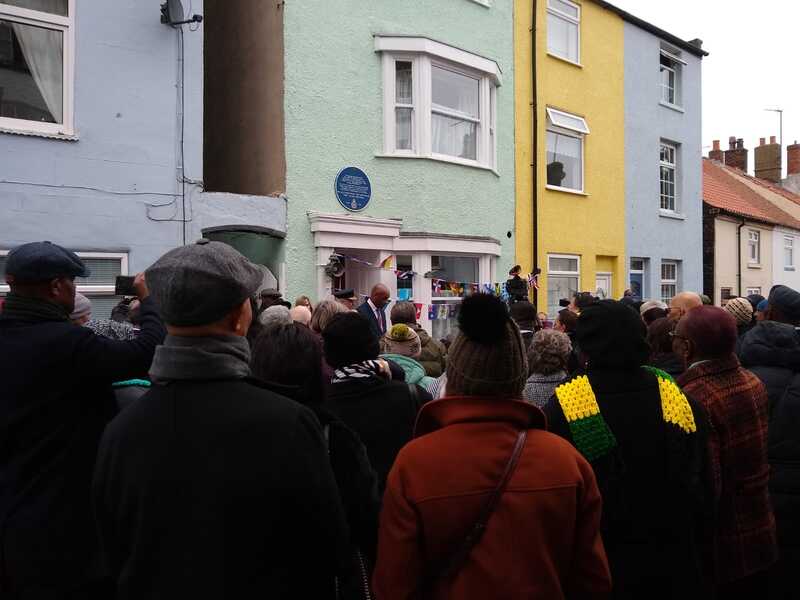
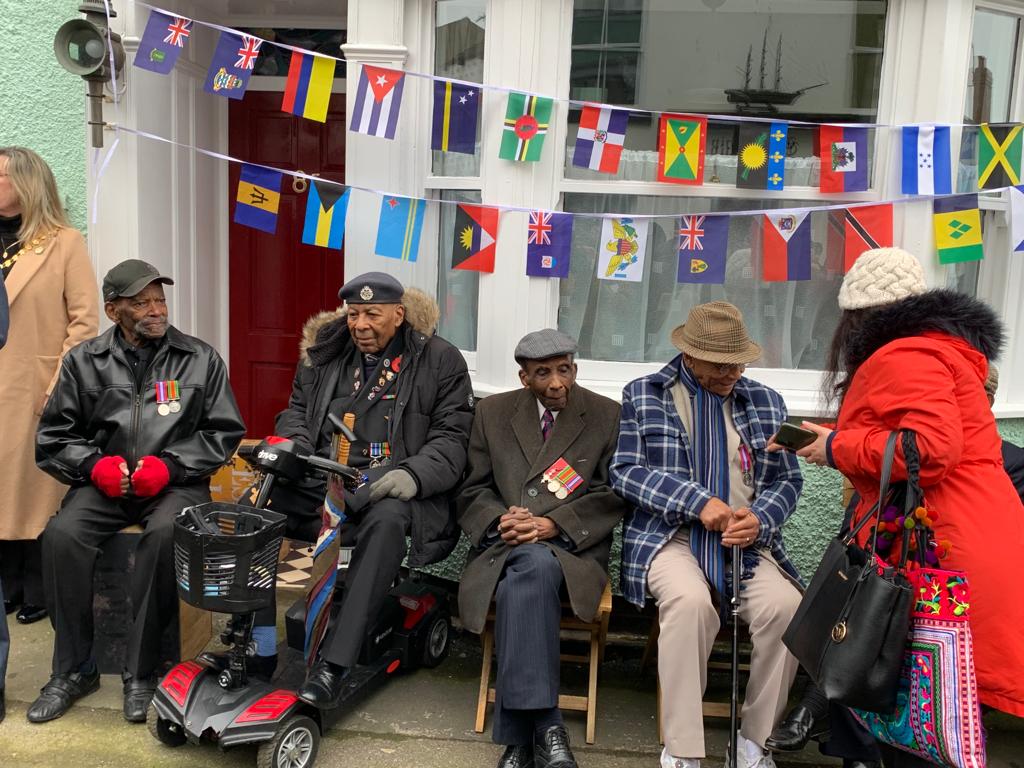
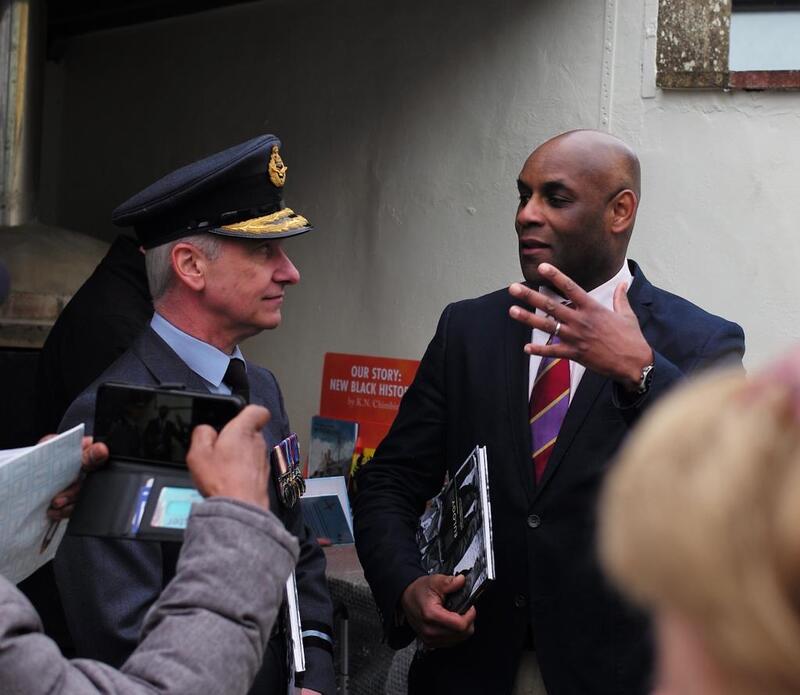
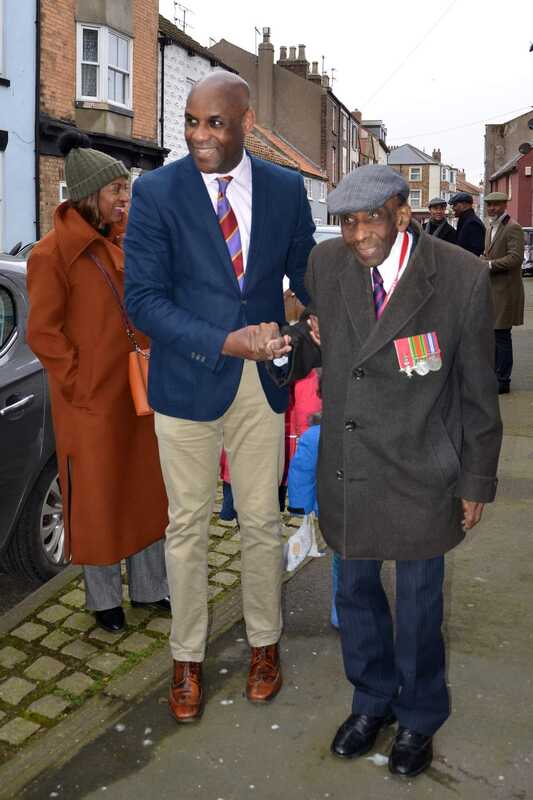
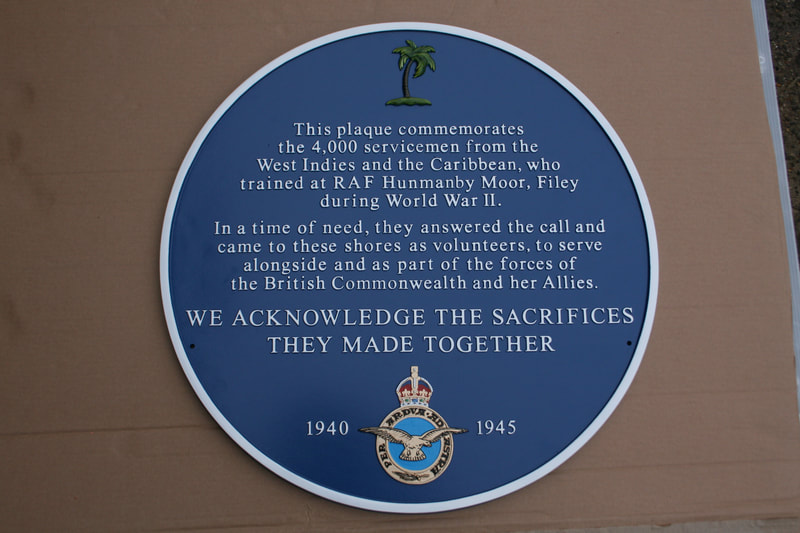
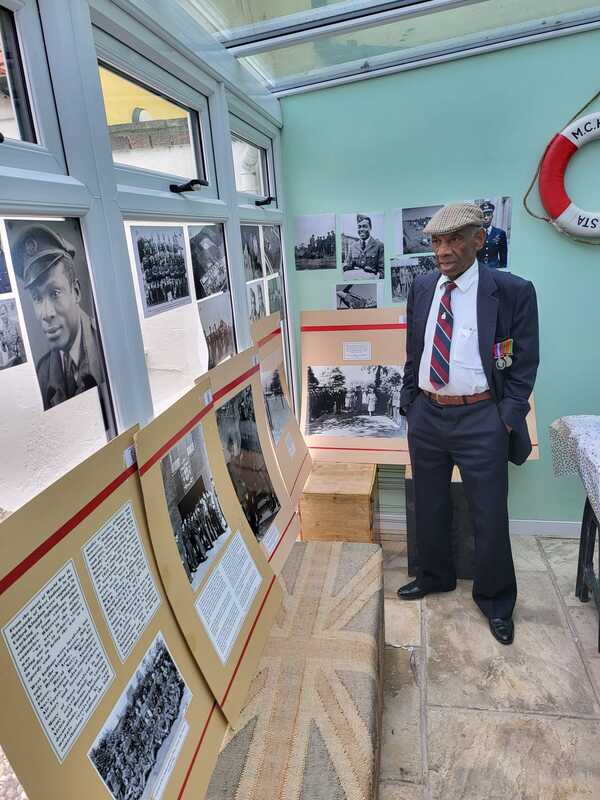
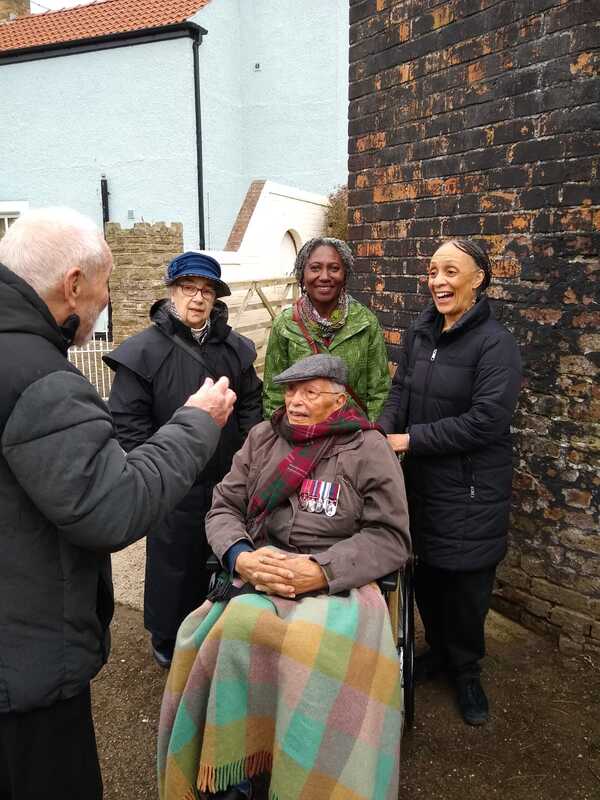
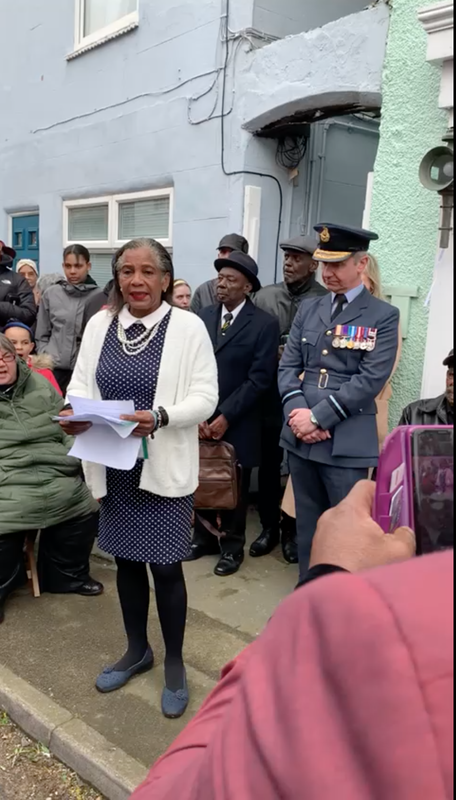
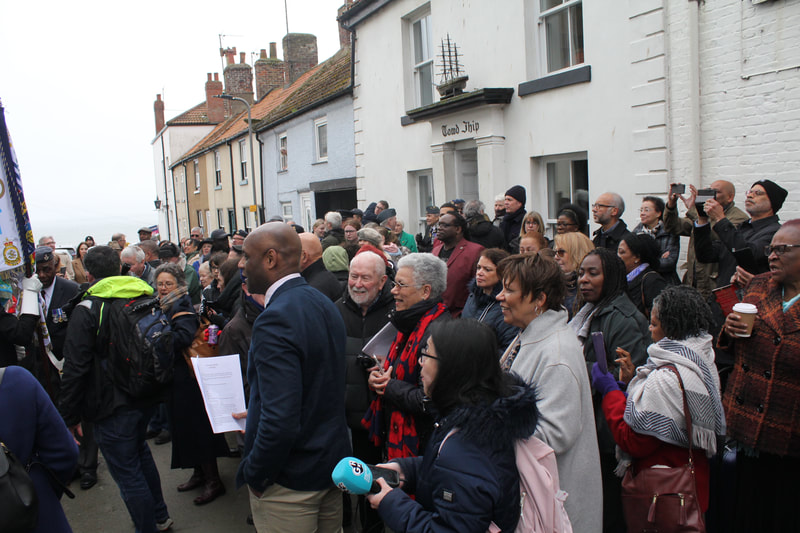
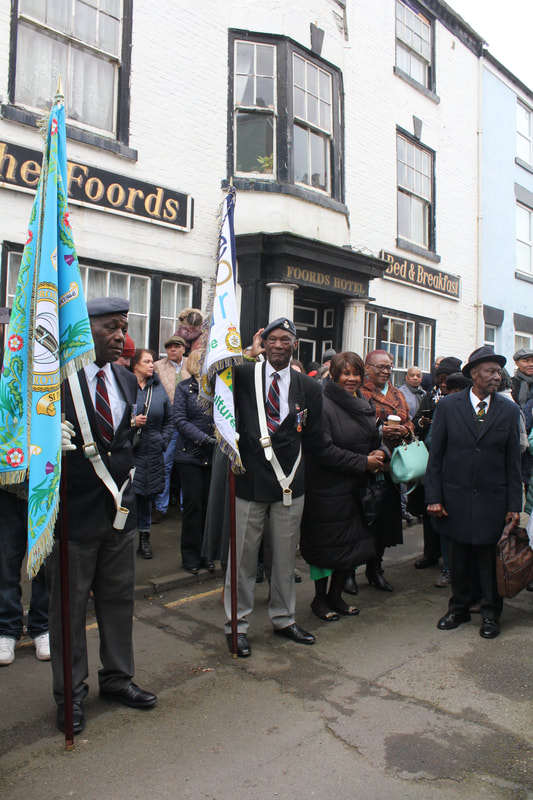
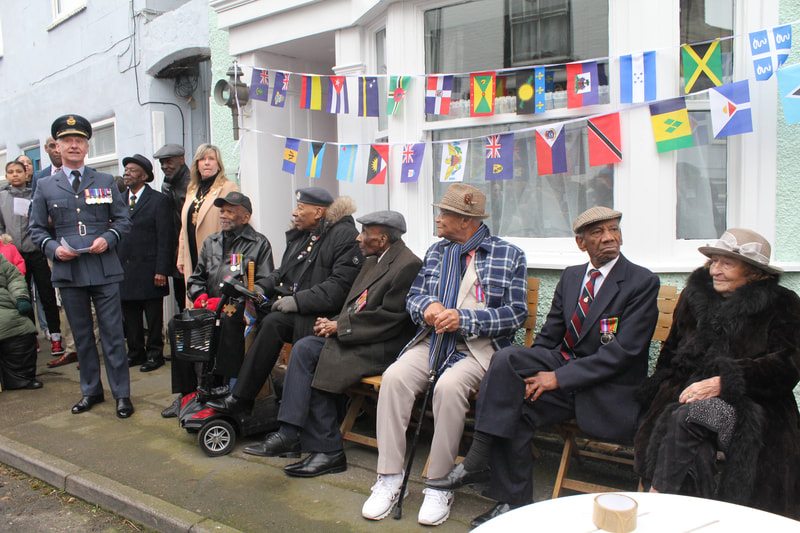
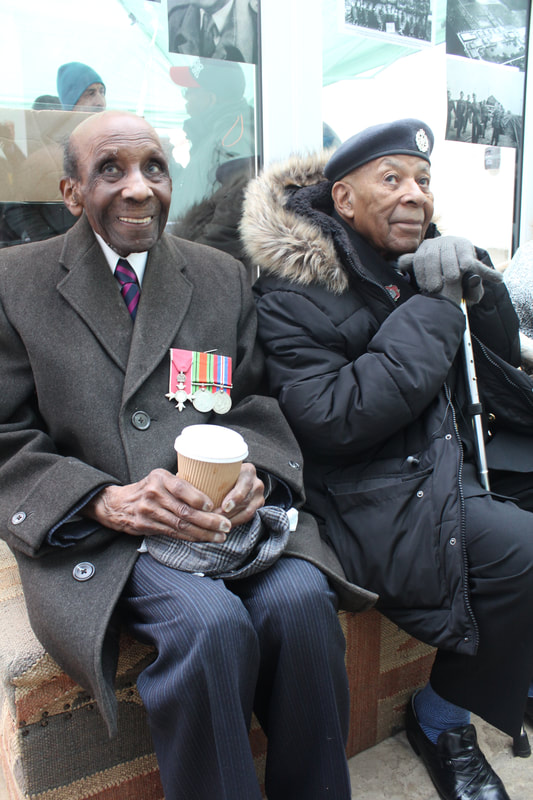
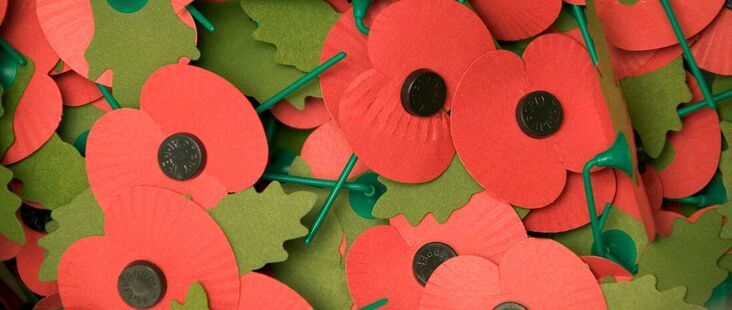
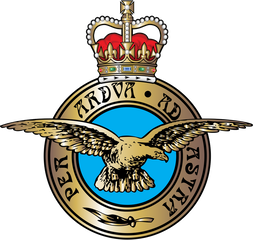
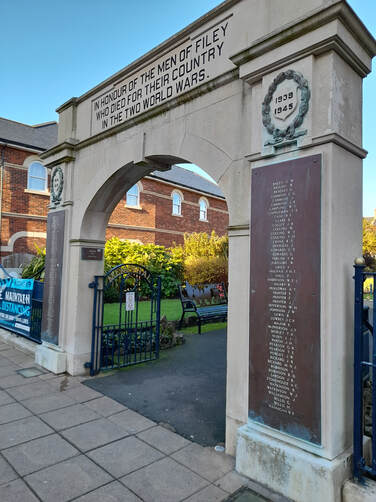
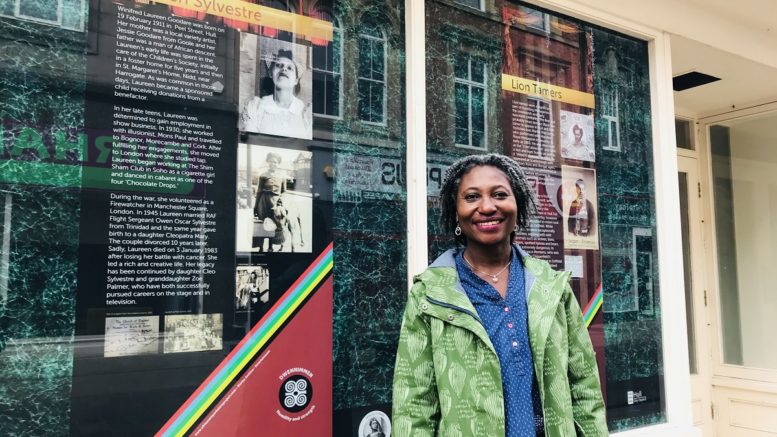
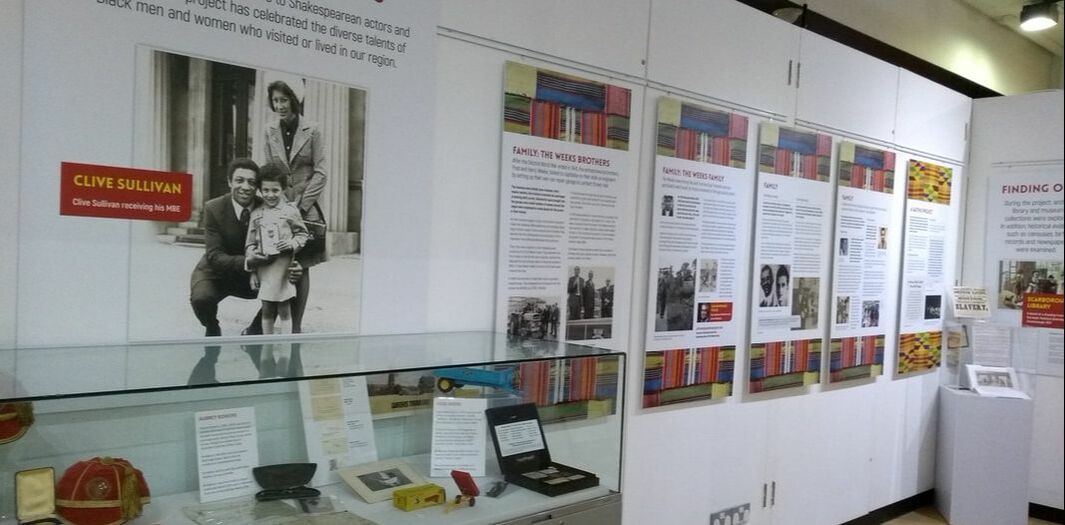
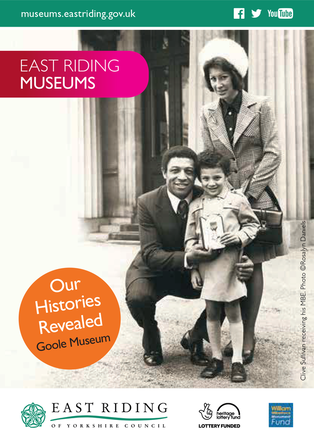
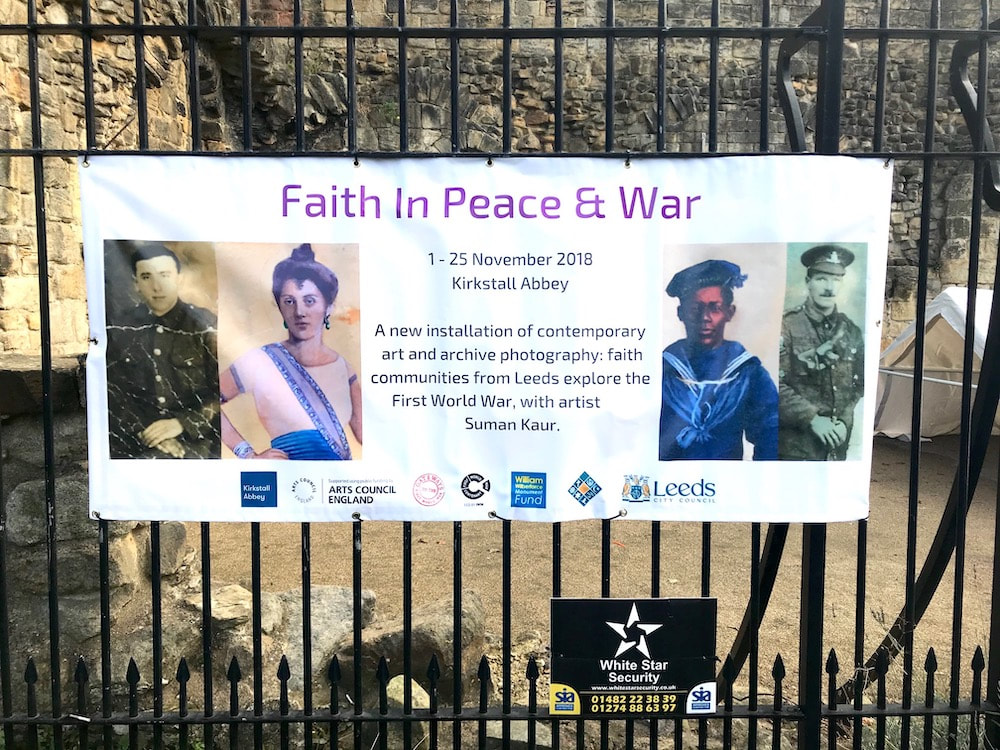
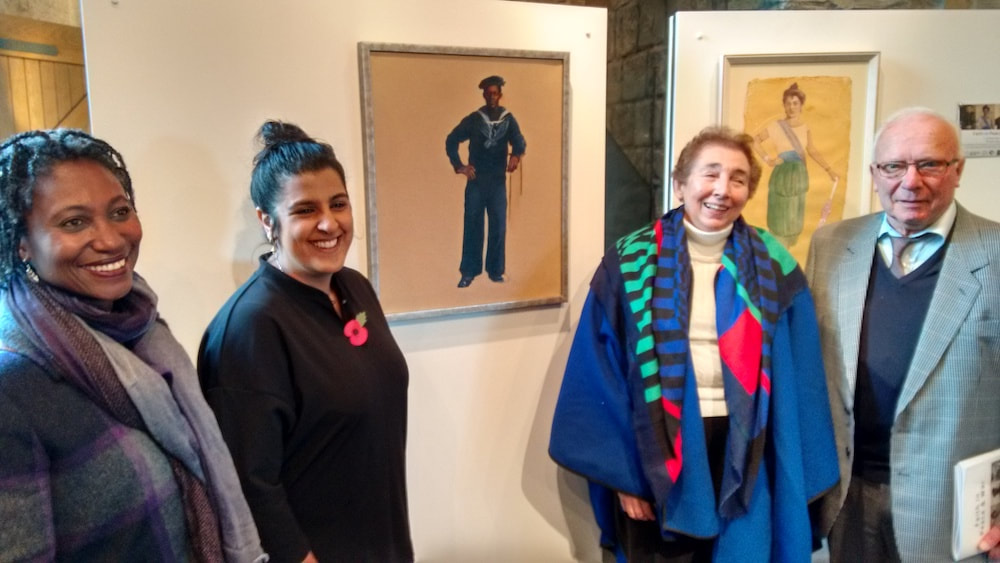
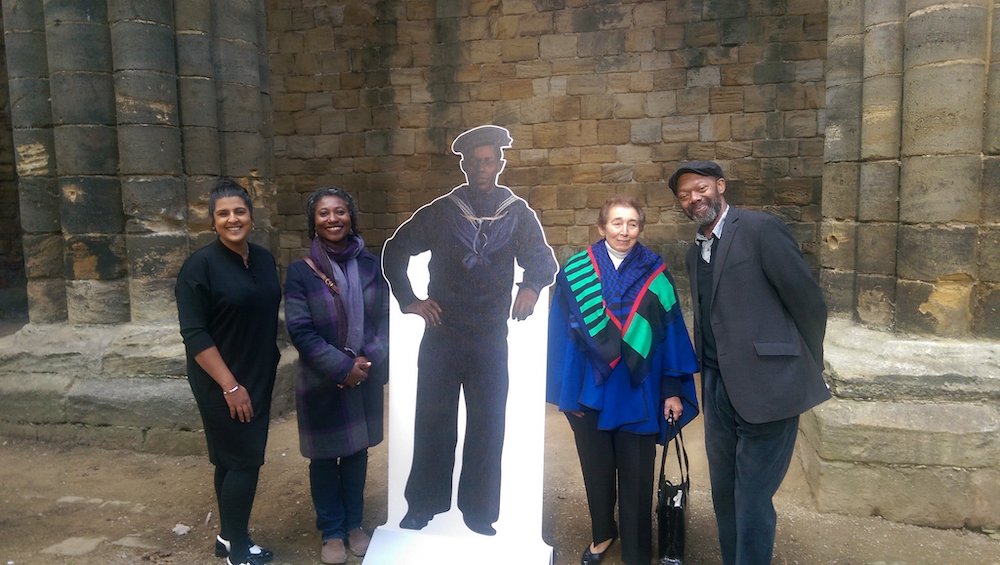
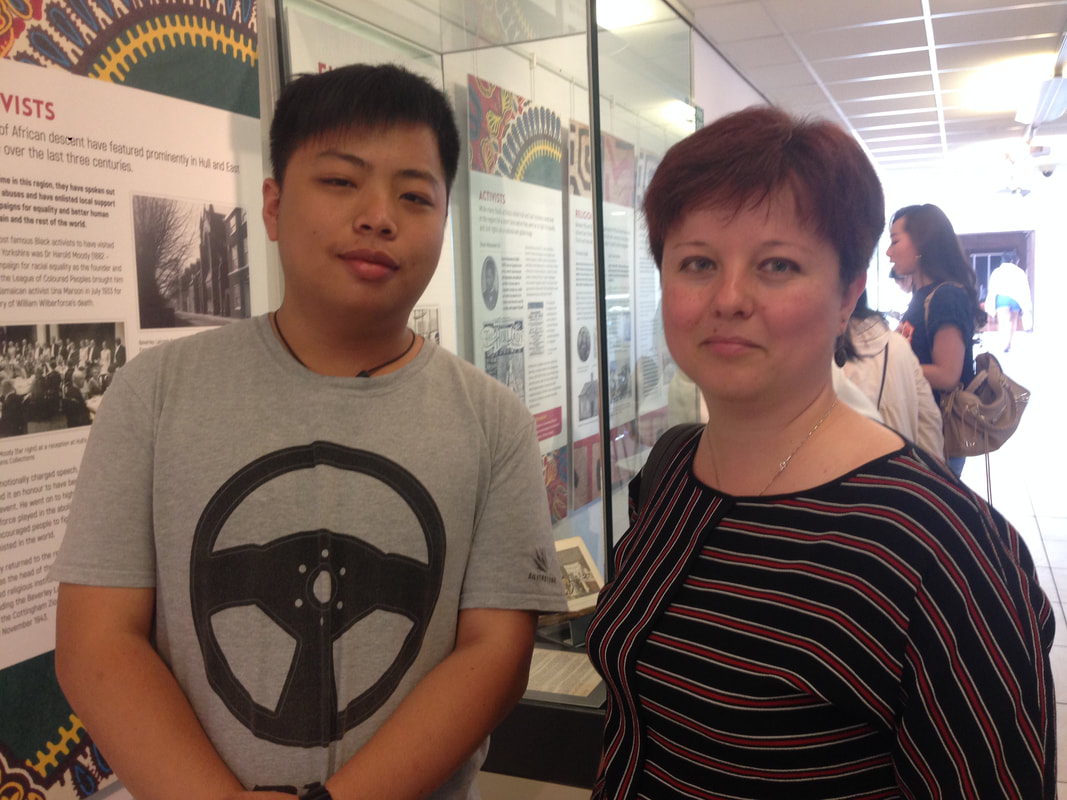
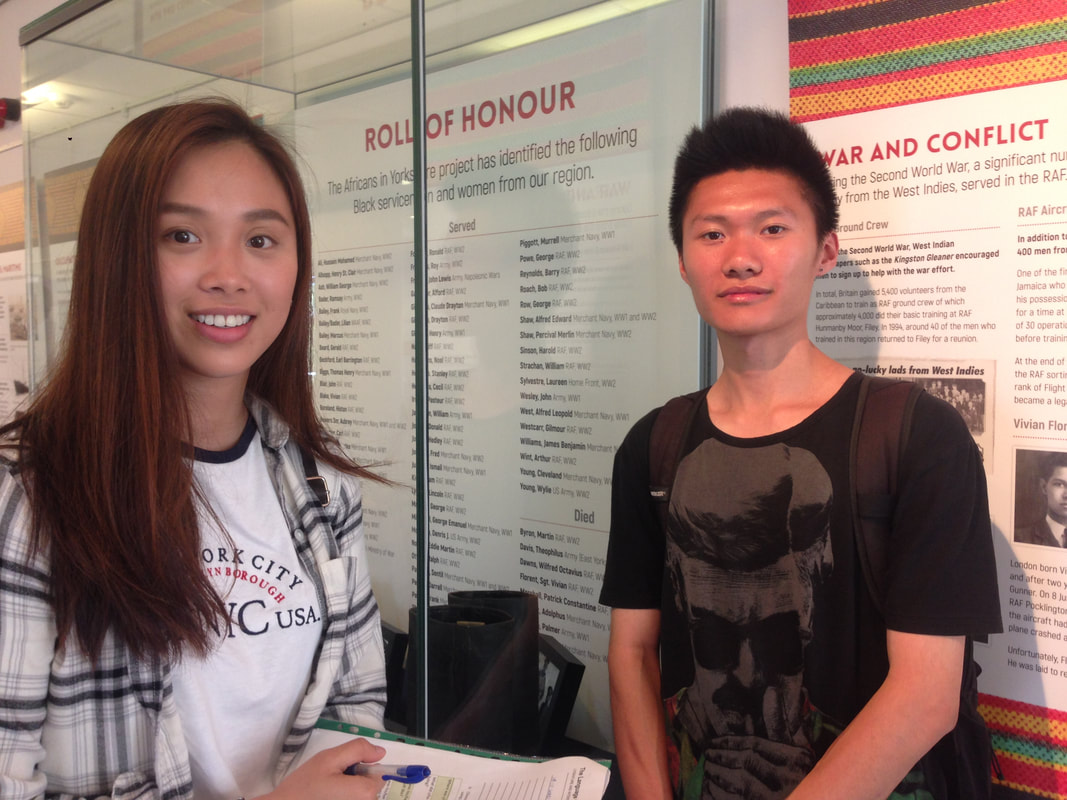
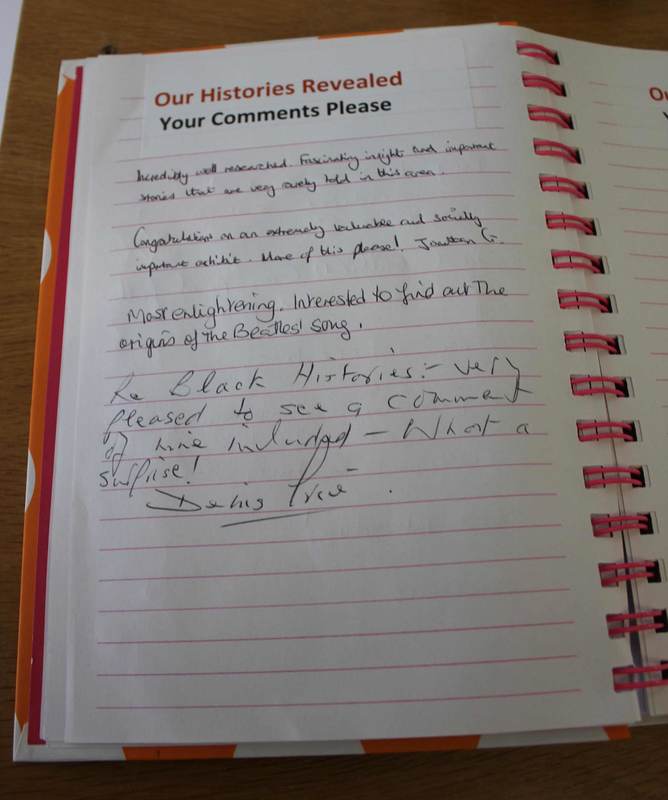
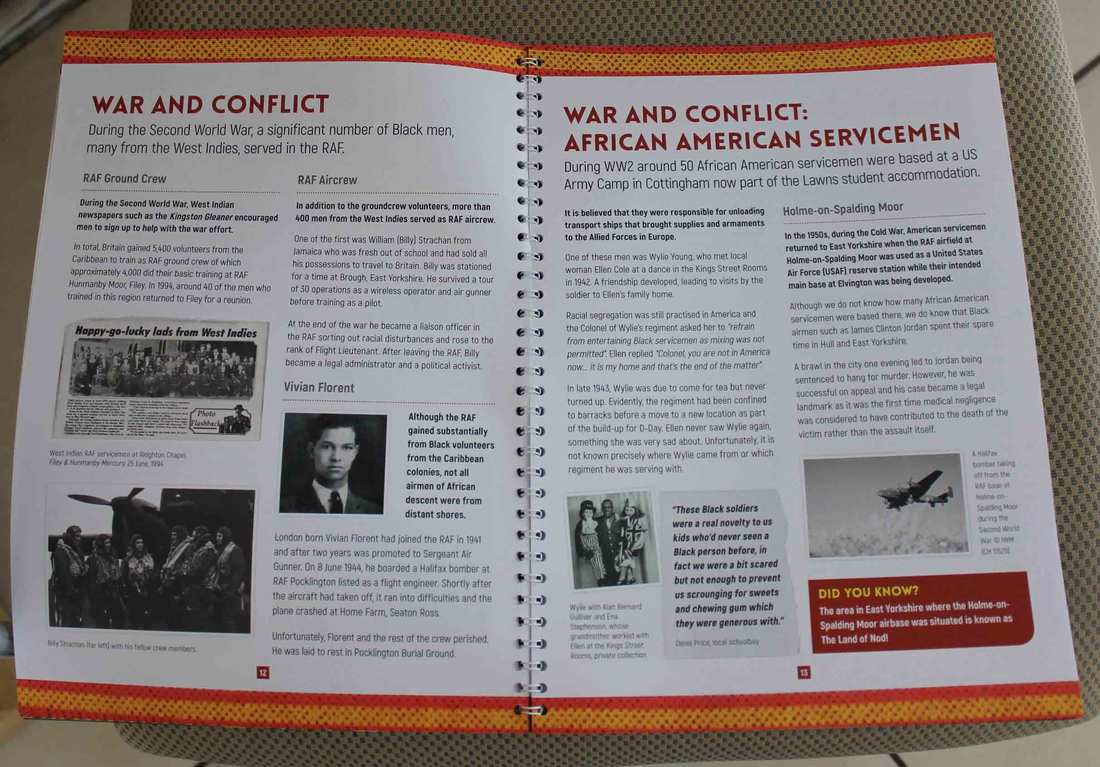
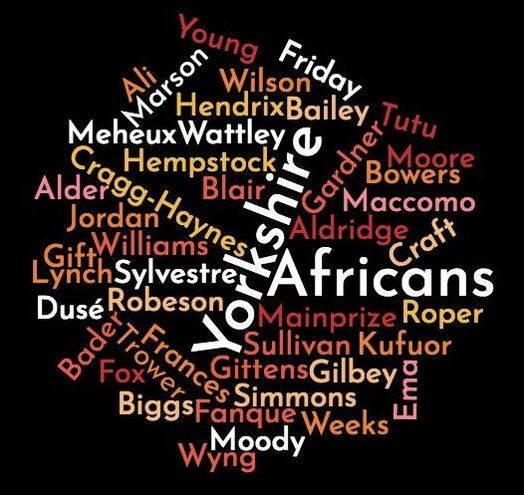
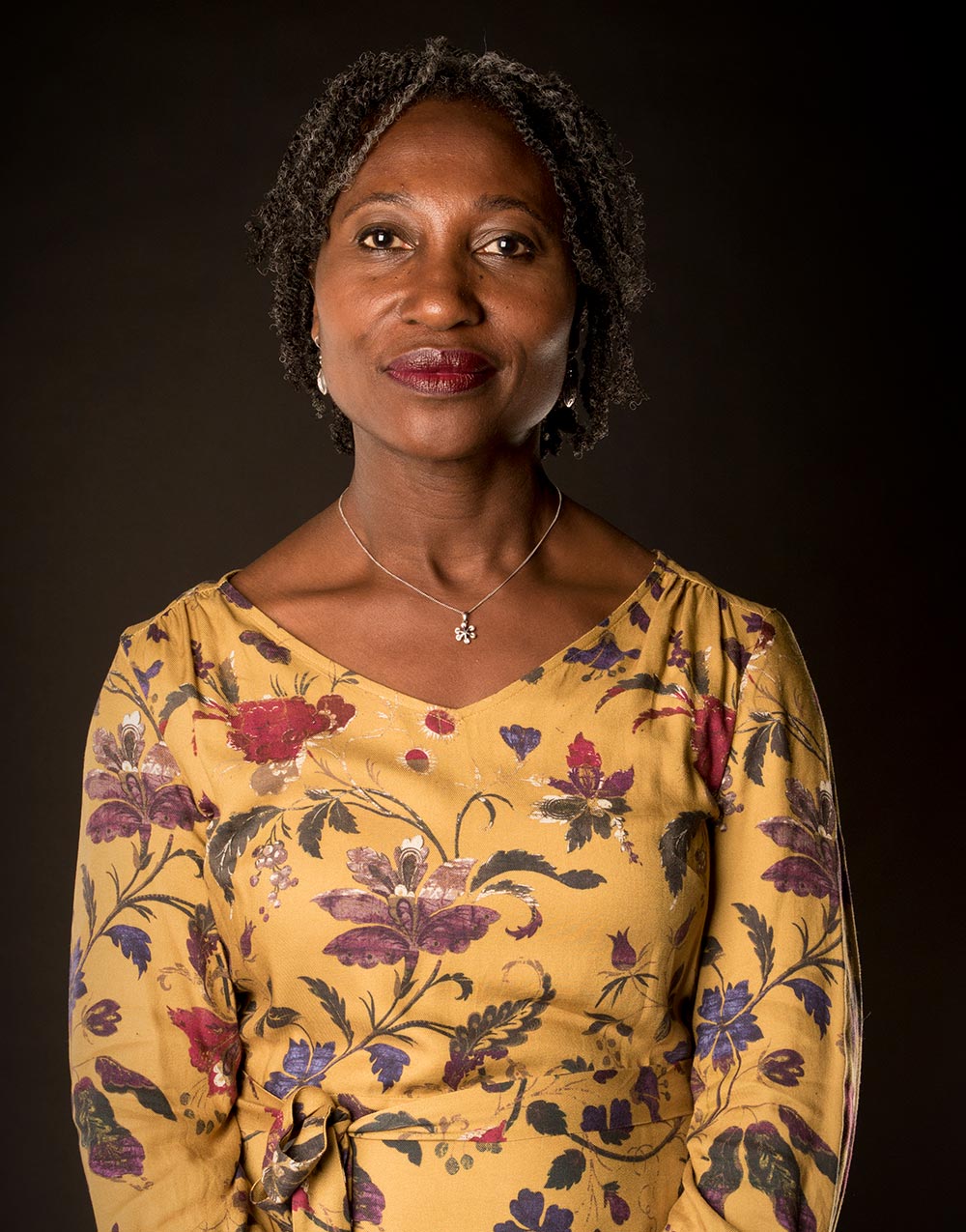

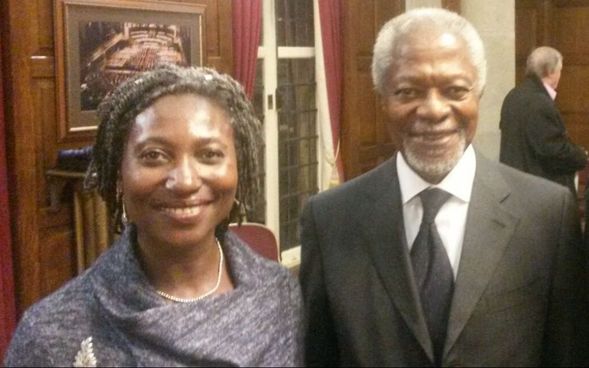
 RSS Feed
RSS Feed